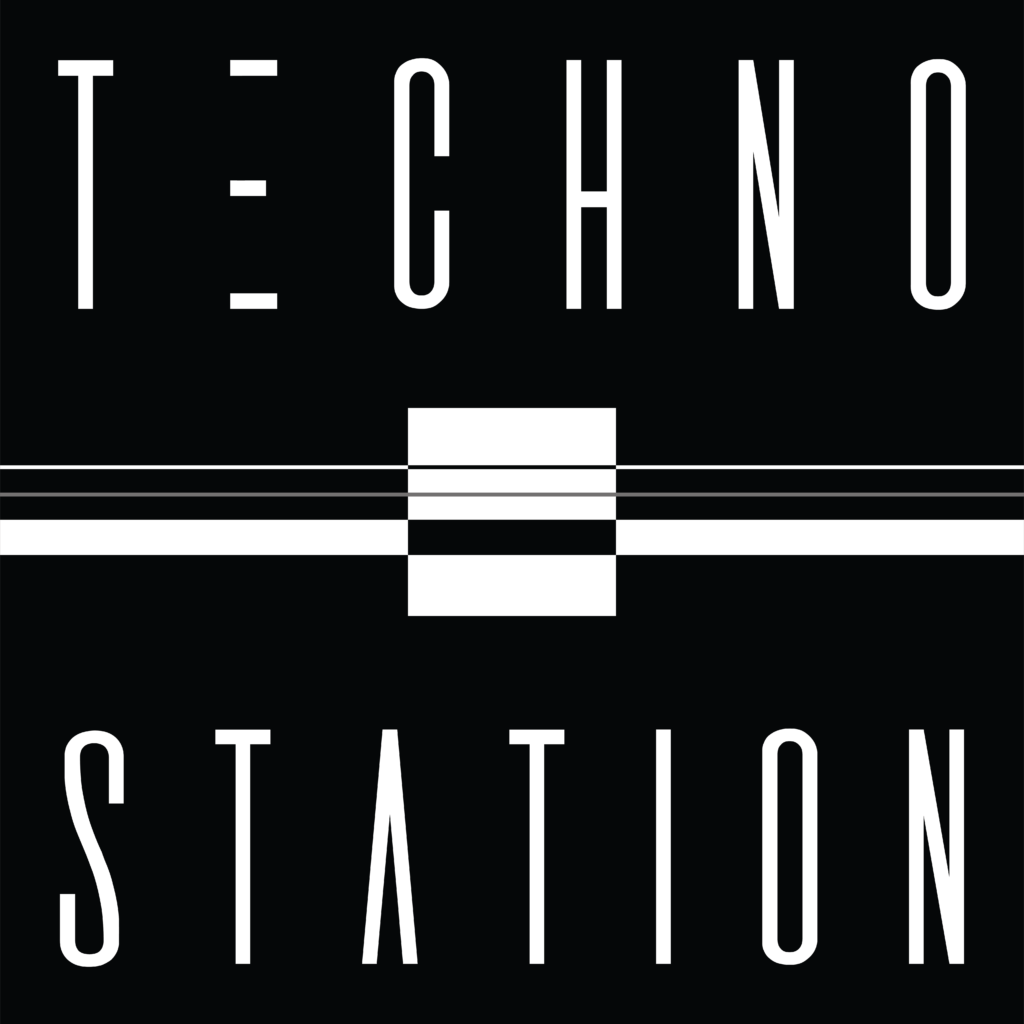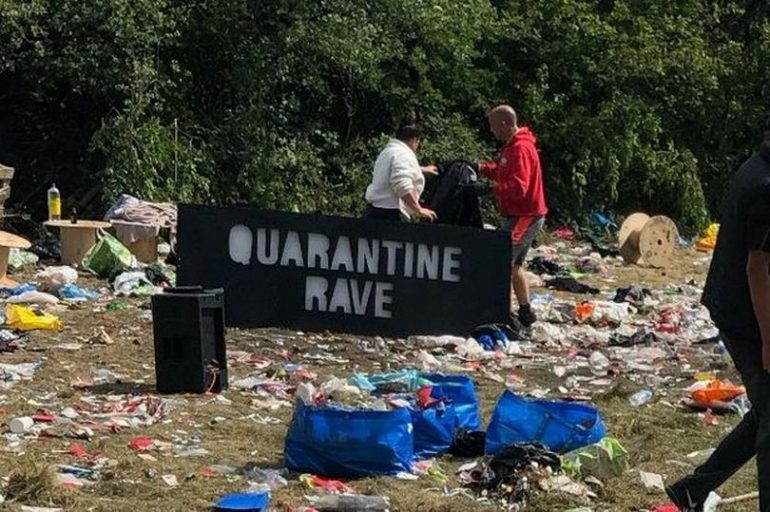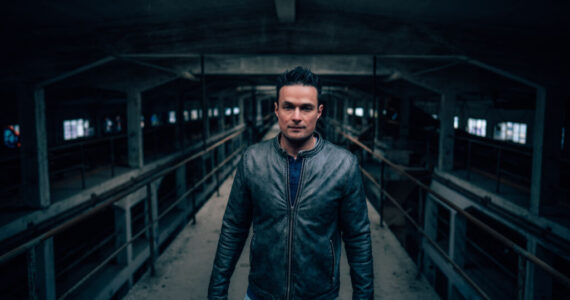According to a recent Guardian report, COVID-era revelers aren’t letting coronavirus lockdown orders keep them from a good time, with large gatherings taking place in parks, forests, industrial estates and motorway underpasses throughout England.
These discreet parties are reportedly organized in secret and promoted solely through Snapchat and Instagram, with organizers sharing their locations at the last minute via WhatsApp pins.
All the discretion and careful planning hasn’t stopped police from breaking up the events, however. According to the report, cops broke up a party of 1,000 this weekend, while elsewhere, they shut down an illegal rave of around 600 in an M1 underpass. That said, the police disruptions don’t appear to be doing much to stop these gatherings. Apparently they’ve been going on since May, and experts predict they’ll continue throughout the summer.
Hundreds of people have attended three all-night raves in London even though social distancing rules and government regulations clearly prohibit such events taking place.
The organisers say the raves are a community of people exercising to house music and social-distancing took place.
It is understood more raves are planned.
Tickets cost £15 each and once payment has been made by bank transfer, the organisers send a picture which contains the secret location for the event.
After months under lockdown, young Britons have seemingly had enough. In recent weeks, people right across the UK have taken to desolate woodlands and quiet fields, motorway underpasses and warehouses to attend elicit parties and underground raves.
As last weekend’s raves in Manchester dangerously underscore, policing illegal raves in 2020 is a whole lot harder to do. No longer spreading by word of mouth, today’s raves and intimate house parties are instead being secretly planned and organised over social media platforms.
In Oldham, Greater Manchester, 4,000 people attended a so-called quarantine rave in Daisy Nook Country Park where a 20-year-old man died of a suspected drug overdose. Across town in Carrington, a further 2,000 revellers gathered on waste ground where a woman was raped and three people were reportedly stabbed. “The whole situation should not have taken place,” says Debbie Barratt-Cole, an Oldham resident, who turned up to help clean up the litter left by the rave. “I understand the youth of today needed to get out after lockdown but even they must have thought this is not a good idea.”
Since lockdown was enforced on March 24, illegal raves have been increasingly common, despite mass gatherings not being allowed under current lockdown regulations. In May, police dispersed a 70-person rave in a park in Telford. A week later, 200 people took part in an overnight rave in a nature reserve in Leeds – three people were arrested. There were raves at Paintball Airsoft Lasertag in Merseyside, Botany Bay and several in London. Many are being organised underground with the use of social media, and they’re predicted to get more frequent this summer as clubs and bars remain closed.
James Morsh, director of UK collective Nitty, hosted the first council-approved socially distant rave in a forest near Nottingham back in May. Run as part of a documentary film about socially distant events in Britain, 40 attendees were instructed to keep two metres apart at all times and were provided with KN95 face masks and bottles of hand sanitiser. Morsh says there would have been hundreds of parties taking place in the UK last weekend. “There would have been 20 more parties in Manchester,” he says. “All the other parties, probably nothing happened. Everyone had a good time. They cleaned up and they went home.”
The problem, Morsh says, is that the two raves in Manchester got too big, making things more difficult to control, especially if they aren’t professionally run. So what is the final verdict? Would you attend an illegal event?








